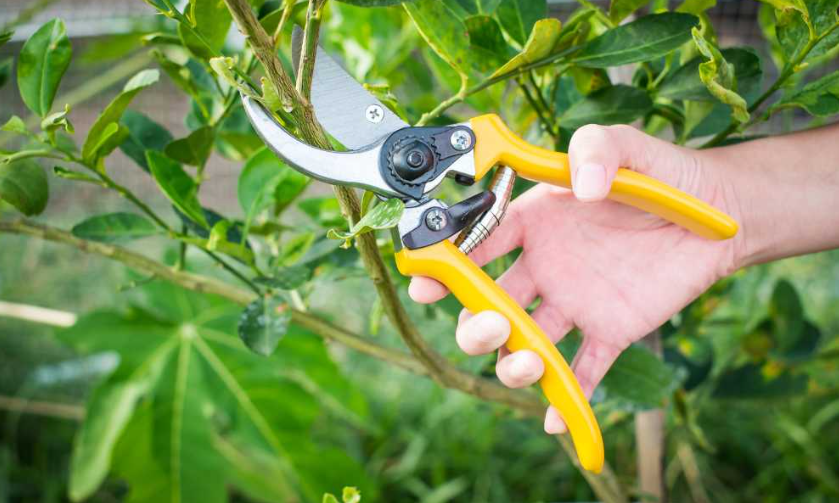- Open 24/7

Did you know there is a technique out there that can extend the longevity of your tree? If not, you have to come to the right place. Step into the world of pruning, a method which experts say that increases the lifespan of your tree by 40-50%. Arborists at International Society of Arboricultural (ISA) have declared it as one of the best ways to make your trees not only healthy but also resistant against environmental stresses. It helps to increase the real estate value of your properties by removing branches. If you are a homeowner, or a tree enthusiast, this article is for you. It covers all the basics of Tree Pruning Service pruning and tells you how to prune your trees professionally.
Pruning of trees means the selective removal of various parts of a tree. It could be branches, roots, or buds. You could think of it as cutting or trimming-but it is different. Trimming is done to reduce the size of a tree by removing leaves or branches. Whereas in pruning, you basically do it with the intent of keeping the tree healthy. This is both a science and an art: making your tree beautiful and fairly healthy and strong. Further, its also helps to prevent unforeseen accidents by removing portions of trees that have the potential to cause safety hazards. From their knowledge of tree physiology, professionals carefully prune your trees by reestablishing their natural appearance.
There are a variety of techniques when we refer to the term “pruning”. It entirely depends on the look desired by the homeowner. Some terms are listed here to give you an idea of what to choose for:
Pruning is only done to increase the aesthetic appeal of your trees but it is done to provide a number of benefits:
Pruning is made more effective when the right tools are used, and these very tools vary when it comes to the size of the branches being cut or the height at which the Tree Pruning Service worker may be working:
Pruning trees is all about timing. Generally, the best time depends upon the species of the tree and the exact goals of the pruning. Still, there are some basic principles that can help anyone determine the best time to get out their pruning tools.
Mainly dormant season pruning is best for most trees from late fall to winter. Here, the bark of trees is usually less susceptible to being damaged by pruning since insect and pathogen activity is low.The aim of arborists is to accomplish pruning during the dormant season as it will help acclimate the tree towards a spurt of new growth in the spring.
Sometimes even light pruning in the growing season may be useful, especially for removing dead or diseased branches or to deal with some growth defects. However, making large cuts could be detrimental as it greatly exposes trees to sap loss, hence weakening the trees.
Additionally, there are some exceptions for flowering trees. If enhancement of flowering is the aim, pruning should be done immediately after the flowering cycle ends. Ultimately, this prevents removal of buds that will flower next year.
To effectively prune a tree, here are step-by-step guidelines:
Overall, pruning is the best arboricultural technique out there if you are looking to upgrade your trees. It helps to revitalize your landscapes and help them thrive in the long run. By utilizing different pruning techniques, you can transform your outdoor sanctuaries in no time. If you are looking for professional tree pruners, contact us at Tree Cutting BX. We provide premium Tree Pruning Service care services to your trees. With years of experience, we understand how important the health of our trees is. So join hands with us to provide your trees with the best treatment they ought to get!
We provide professional, safe, and affordable tree services tailored to your needs. Our experienced team ensures top-quality results with the latest equipment and techniques.
Connect with us
Copyright ©2025 Tree Cutting Bx. All Rights Reserved.